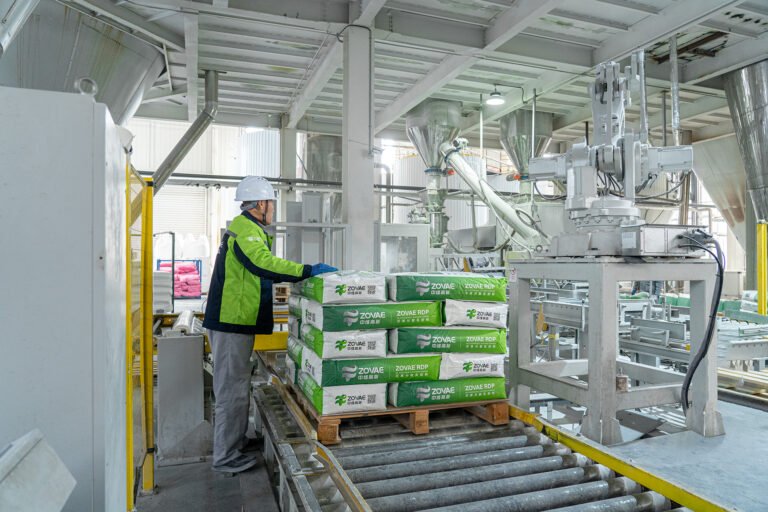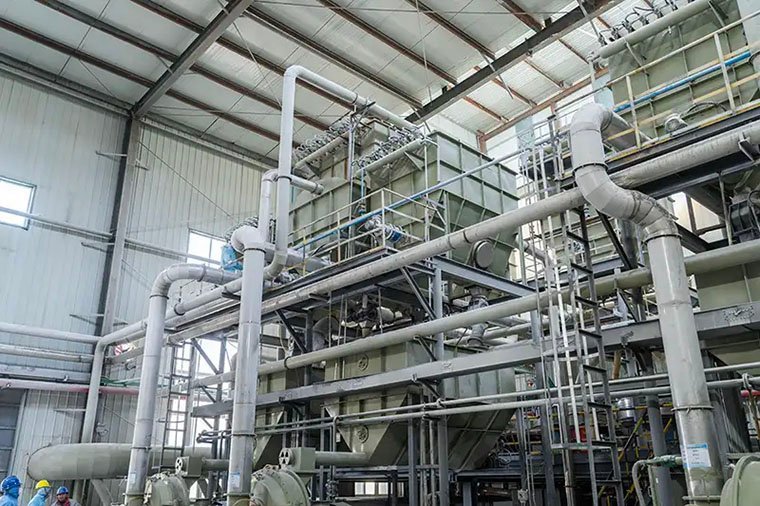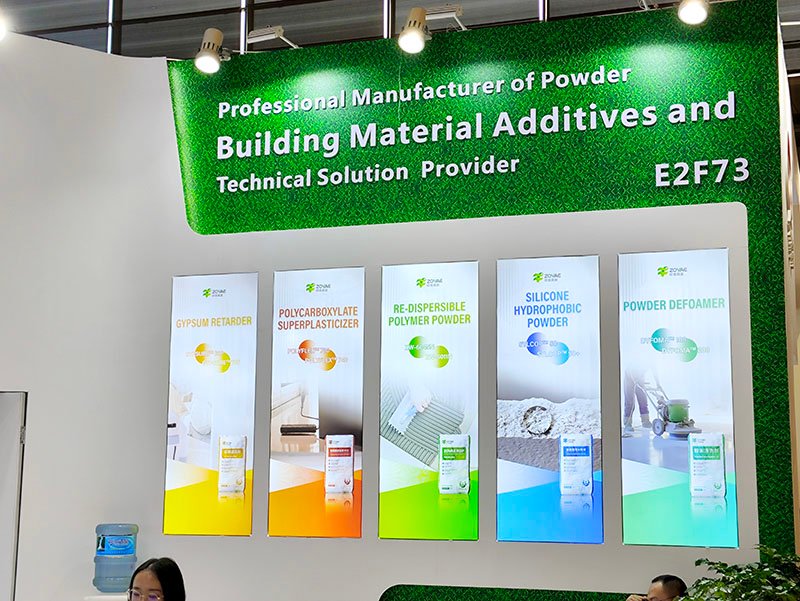
Merry Christmas ZOVAE
Wishing You Joy & Prosperity
The design of the molecular structure is the most critical factor in determining the performance of polycarboxylate superplasticizers (PCEs). Key elements such as the nature of the main chain functional groups, the density of grafted side chains, and the length of the side chains all directly influence dispersion efficiency, slump retention, and compatibility with different cement types. By fine-tuning these molecular parameters, it is possible to tailor PCEs for specific rheological and mechanical performance targets in concrete.
In practice, three primary synthesis approaches are used to produce PCEs:
In this method, polyether macromonomers are used as the reaction medium for the polymerization of unsaturated monomers. The polymerization of the main chain and the grafting of side chains occur simultaneously in a single step. The resulting comb-shaped polymer incorporates the side chains during the backbone formation.
In this two-step approach:
This method involves:
| Method | Process | Advantages | Limitations | Industrial Status |
|---|---|---|---|---|
| In-situ polymerization grafting | Simultaneous backbone polymerization & side-chain grafting | Simple, single-stage, controllable MW | Low grafting efficiency in water, outdated | Rarely used |
| Polymerization then functionalization | Make backbone first, side chains later | Separate control of backbone & grafting | Complex, inflexible, poor monomer compatibility | Rare in industry, lab use |
| Direct monomer copolymerization | Macromonomers + small monomers copolymerized directly | High efficiency, flexible design, mature process | Requires strict process control | Most widely used |
ZOVAE boasts a state-of-the-art R&D Center and manufacturing facility. Following its integration with LANDU, the R&D team has been seamlessly consolidated. This strengthens ZOVAE’s ability to advance its research on RDP, delivering superior formulations and exceptional service to its customers.


Please leave your contact information, and Zovae’s sales team will provide you with dedicated service.
